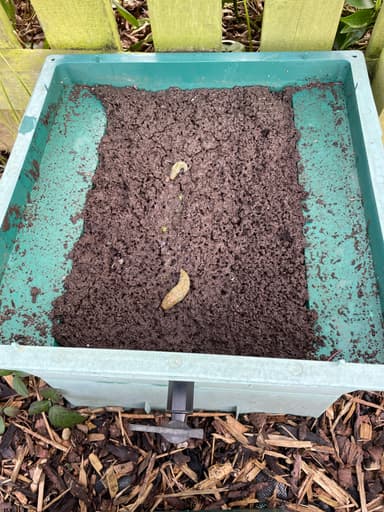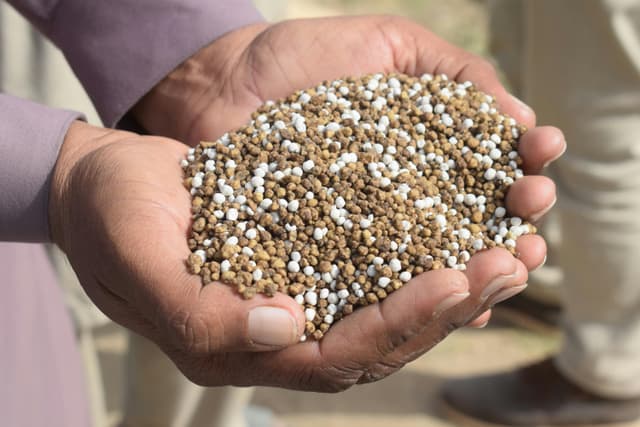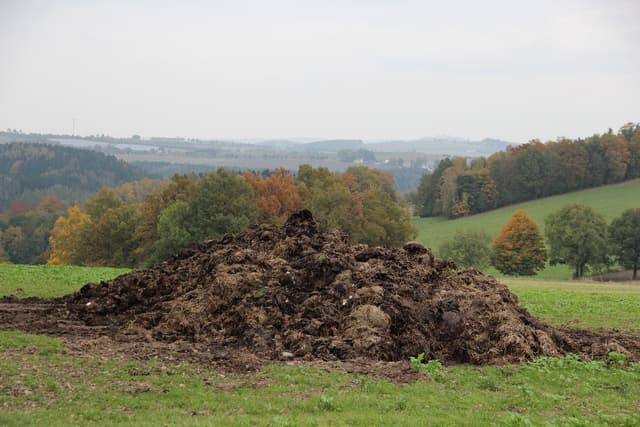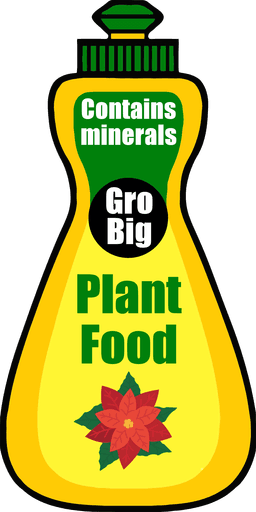Myths about teaching can hold you back
- Year 3
Nutrients and fertilisers for plants (non-statutory)
I can explain how soil quality can be changed using fertilisers.
- Year 3
Nutrients and fertilisers for plants (non-statutory)
I can explain how soil quality can be changed using fertilisers.
These resources will be removed by end of Summer Term 2025.
Switch to our new teaching resources now - designed by teachers and leading subject experts, and tested in classrooms.
These resources were created for remote use during the pandemic and are not designed for classroom teaching.
Lesson details
Key learning points
- Soil is an important source of nutrients for plants.
- Some plants may struggle to grow and survive in certain types of soil.
- Nutrients can be added to soil using fertilisers.
- Fertilisers added to soil make plants grow bigger and be more healthy.
- Fertilisers can be organic, such as compost and manure, or human-made.
Keywords
Soil - Soil is ground up rock mixed up with plant and animal remains.
Organic - Anything which is alive or was once alive is organic.
Nutrients - A nutrient is any substance that plants or animals need in order to live or grow.
Fertiliser - A substance containing nutrients that we can add to soil to make it better for growing plants.
Human-made - Something that is human-made is made or caused by humans.
Common misconception
Pupils may think that fertiliser added to plants is their ‘food’ and so is necessary for their survival.
Explain that plants do not eat food in the same way that we do but they do need nutrients to survive, grow and stay healthy. They get these nutrients from soil and we can add fertiliser to soil to increase the nutrients within it.
To help you plan your year 3 science lesson on: Nutrients and fertilisers for plants (non-statutory), download all teaching resources for free and adapt to suit your pupils' needs...
To help you plan your year 3 science lesson on: Nutrients and fertilisers for plants (non-statutory), download all teaching resources for free and adapt to suit your pupils' needs.
The starter quiz will activate and check your pupils' prior knowledge, with versions available both with and without answers in PDF format.
We use learning cycles to break down learning into key concepts or ideas linked to the learning outcome. Each learning cycle features explanations with checks for understanding and practice tasks with feedback. All of this is found in our slide decks, ready for you to download and edit. The practice tasks are also available as printable worksheets and some lessons have additional materials with extra material you might need for teaching the lesson.
The assessment exit quiz will test your pupils' understanding of the key learning points.
Our video is a tool for planning, showing how other teachers might teach the lesson, offering helpful tips, modelled explanations and inspiration for your own delivery in the classroom. Plus, you can set it as homework or revision for pupils and keep their learning on track by sharing an online pupil version of this lesson.
Explore more key stage 2 science lessons from the What plants do and what they need unit, dive into the full primary science curriculum, or learn more about lesson planning.

Equipment
none required
Licence
Prior knowledge starter quiz
6 Questions
Q1.Which part of the plant usually grows beneath the soil?
Q2.What does it mean to survive?
Q3.Something that is human-made is …
Q4.What is soil made from?
Q5.Which of these statements about soil is correct?
Q6.Which of these is not a type of soil?
Assessment exit quiz
6 Questions
Q1.To grow well, plants need from soil.
Q2.We can add more nutrients to soil by …
Q3.Which of these statements is correct?
Q4.How do fertilisers affect plants?
Q5. fertilisers are better for the environment than human-made fertilisers, which can damage the habitats they are used in.
Q6.Which of these fertilisers are organic?






